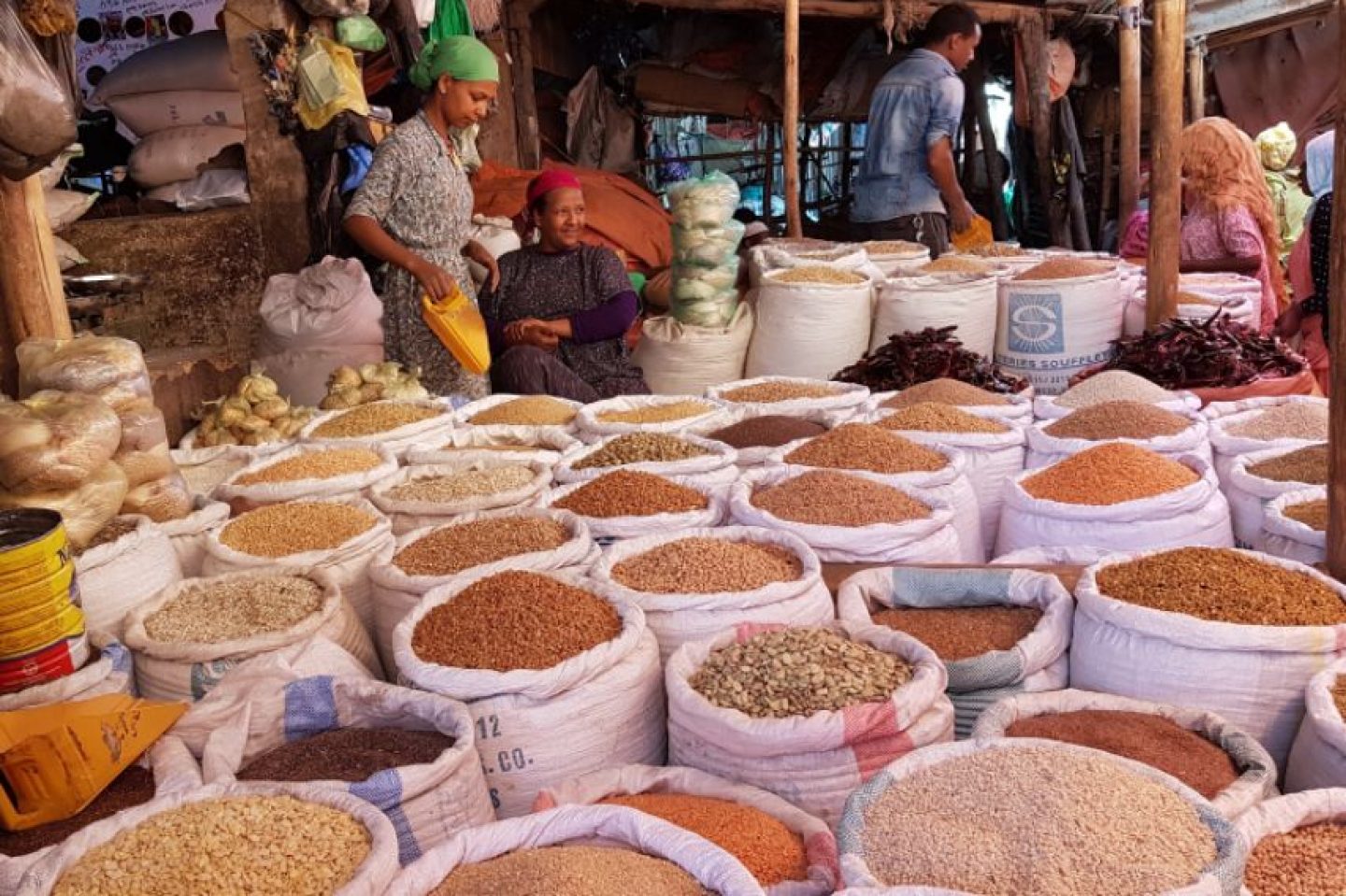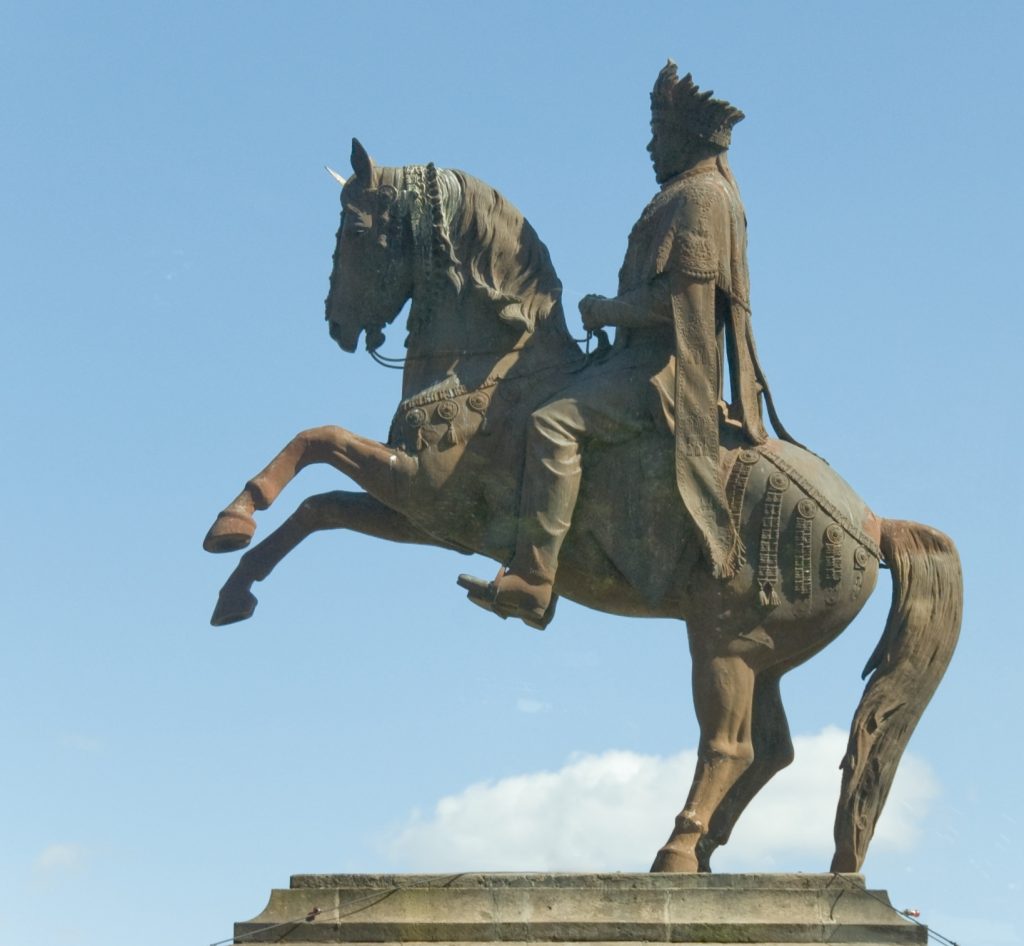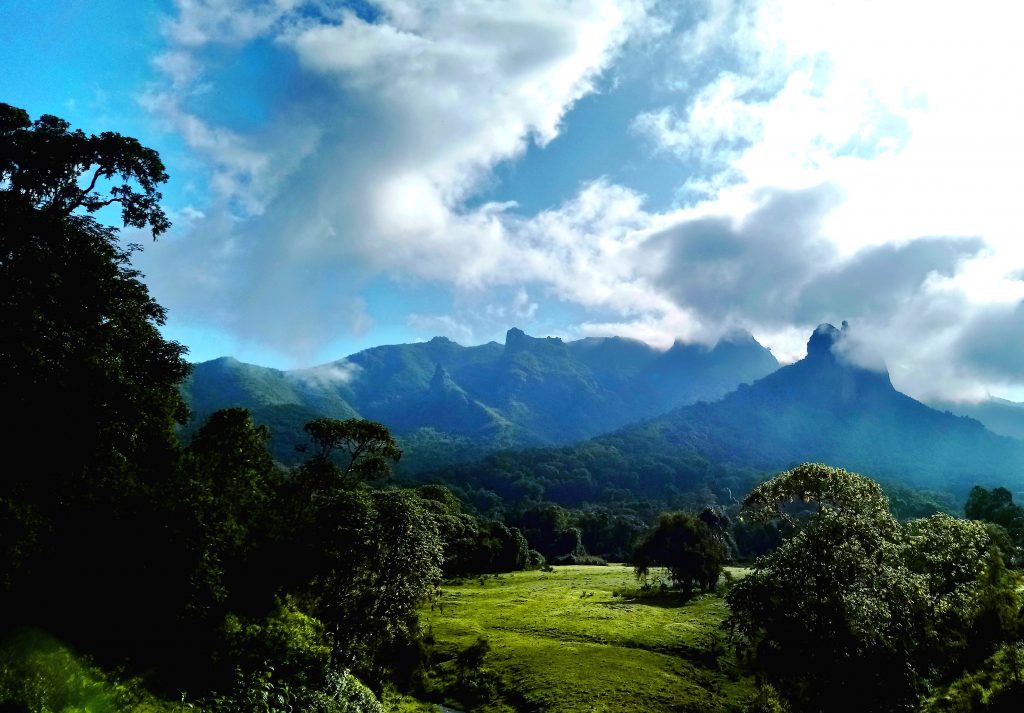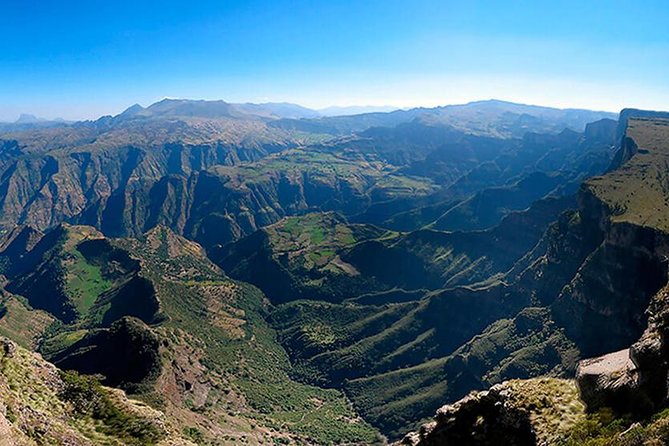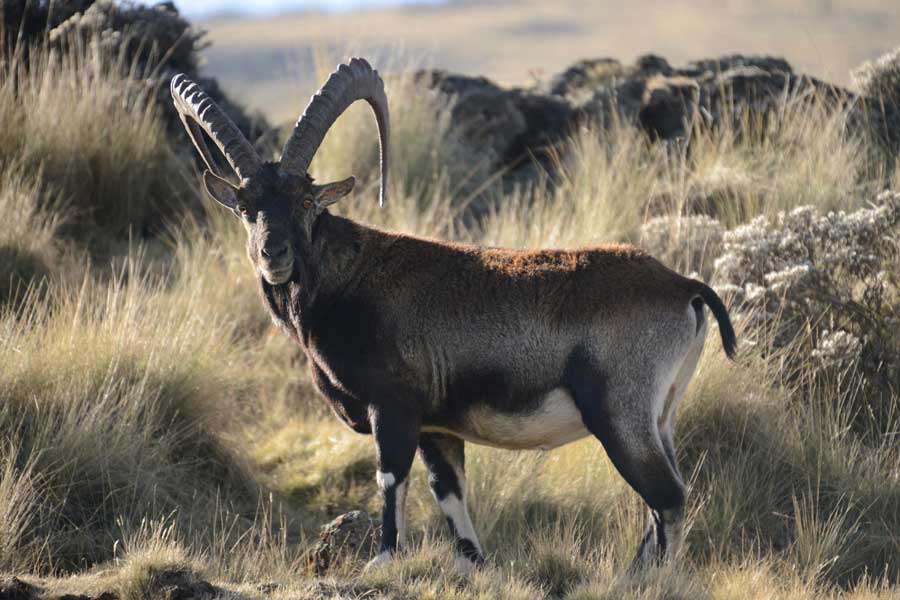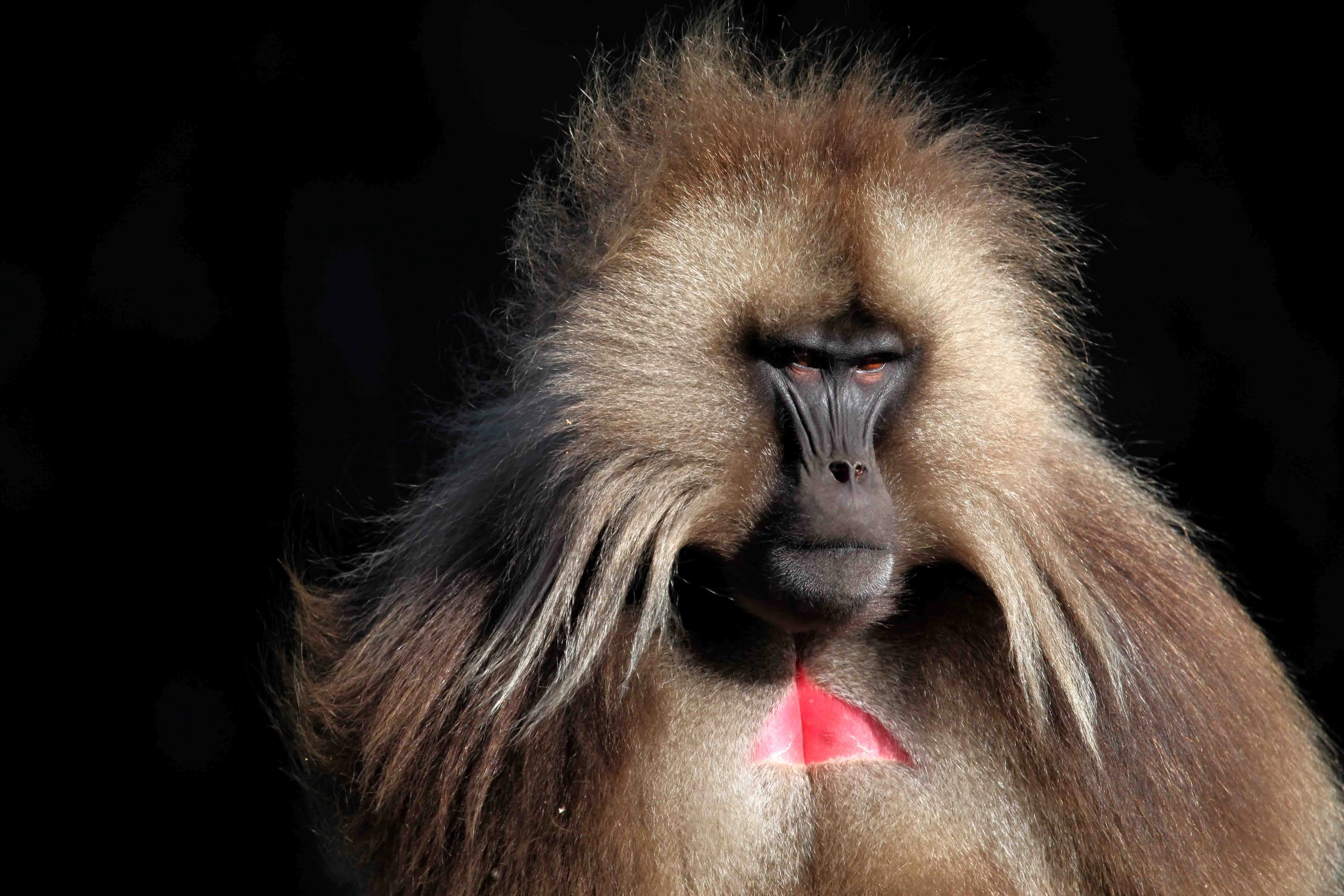Tour Code: CAT221
Transportation: 4ᵡ4 Toyota Land cruiser
Addis Ababa is the capital city of the Federal Democratic Republic of Ethiopia and the diplomatic hub of Africa. The foundation of the city is associated with historical developments during the reign of Emperor Menilek II (1889-1913). Emperor Menelik II established his palace at Mount Entoto in 1881. This was followed by settlements and building of churches such as Saint Mary and Saint Raguel. The role of Entoto as a capital was short-lived for various reasons including shortage of wood for construction and fuel. The shift to the new settlement at the foot of the mountain, which finally emerged as the capital city of the country, was initiated by Empress Taytu, the wife of Menelik. The main factor that attracted the settlers of Addis Ababa was Fil Wuha (also called Finfine), an area of hot springs located to the southwest of the hill. In 1886, the establishment of the capital began around Fil Wuha with the initiative of Empress Taytu and Addis Ababa became the seat of the Emperor after the construction of the grand palace in 1896.
Addis Ababa, the economic and political capital of Ethiopia, is the fourth diplomatic hub in the world, next to New York, Brussels and Geneva. There are more than 100 embassies and diplomatic missions in the city. Addis is the diplomatic capital of Africa and the headquarters of the African Union (AU) and the United Nation Economic Commission for Africa (UNECA). It is also the seat of regional offices. Addis Ababa comprises a wide range of tourist attractions including historic, museums, palaces, cultural restaurants, parks, a botanic garden, monuments, statues and features of several colorful cultural and religious festivals.
Morning city tour of Addis Ababa commence at 8:30AM, drive by ascending up to the panoramic view of Entoto Mountain 3200m, for sightseeing of Entoto Museum and in the premises of St Mary church, where Emperor Menelik II established his palace in 1881.The museum exhibits the objects of historical significance such as a drum that was used for the declaration of the Battle of Adwa against the Italian invasion in 1896, the bed of Menelik II, crowns and a Persian carpet dating back to the end of the 19th century are some of the exhibited objects.
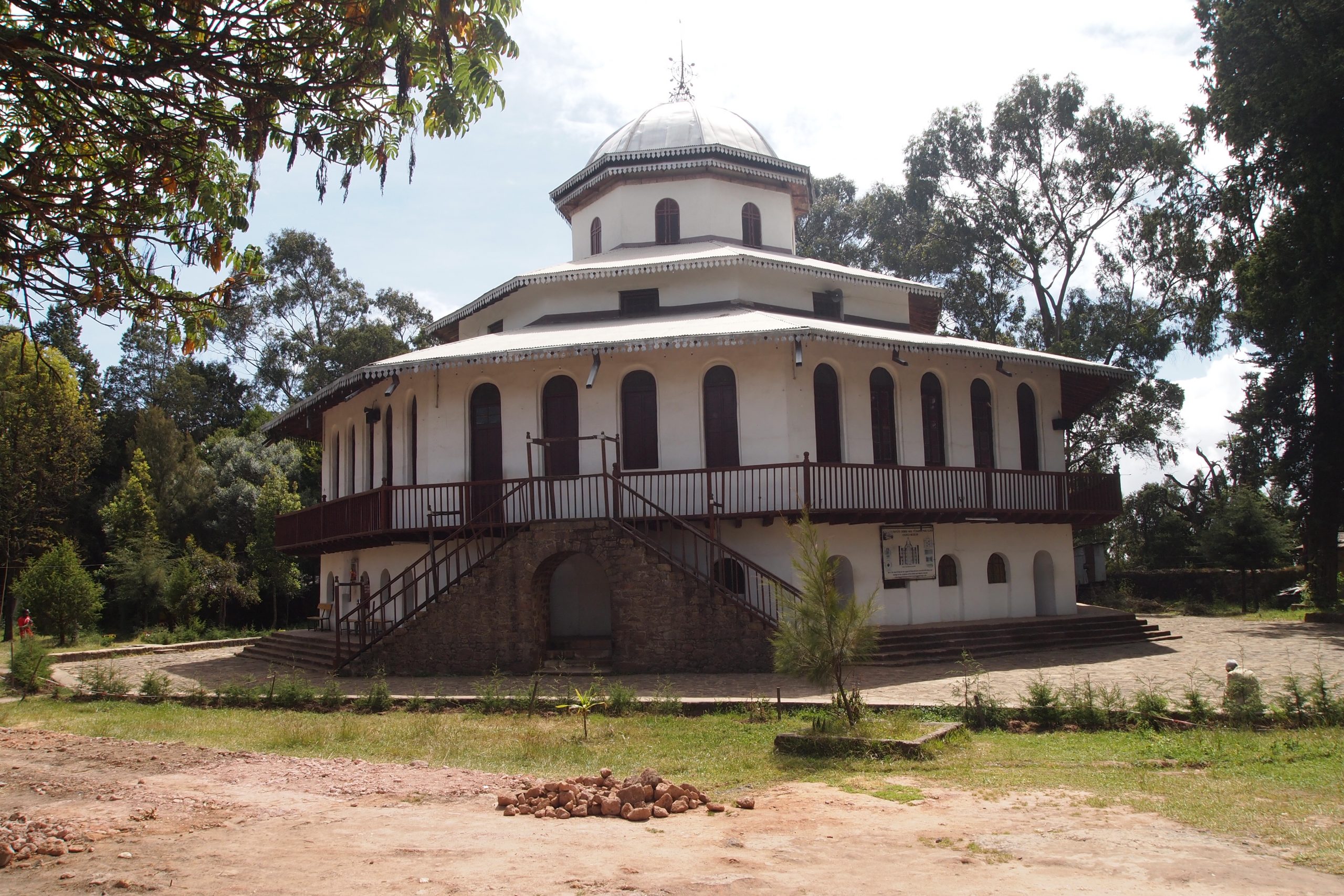
OLYMPUS DIGITAL CAMERA
After the visit of the museum and old traditional buildings in the palace compound, we descend down to visit the Ethnographic Museum and National Museum. The Ethnographic Museum is located at the Institute of Ethiopian Studies in the Addis Ababa University, main (Sidist Kilo) campus. The museum exhibits historical objects, ethnographic objects representing the material culture of diverse ethnic groups of Ethiopia. It also exhibits traditional art and centuries’ old crosses of the Ethiopian Orthodox Church, and preserves and exhibits Emperor Haile Selassie’s bed room. The reception hall of the museum hosts ethnographic items of more than eighty ethnic groups.
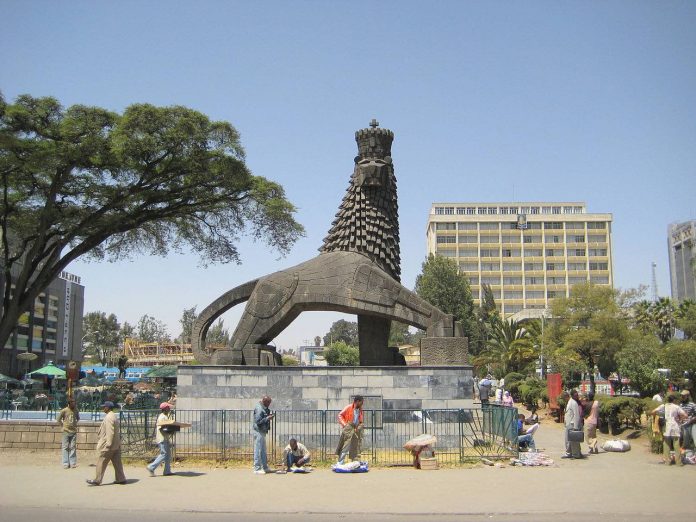

Before continuing our visit to the National Museum and Merkato Market, at your lunch time you will experience the Ethiopian traditional food and coffee at an Ethiopian traditional restaurant.After lunch, in the afternoon we see the National Museum . It is one of the best museums of its quality and diversity by exhibiting replica of the 3.2 million years old skull of Lucy (Dinknesh) a hominid species of Australopithecus afarensis wonderful artefacts, archaeological collections, arts, ceremonial costumes and ethnographic objects. Drive to Merkato to visit one of the biggest open-air Markets in Africa.After visiting ,we will transfer you to chosen hotel or airport.
